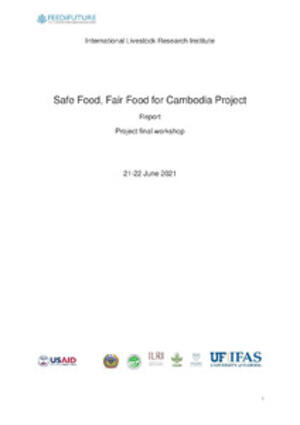
Porcine cysticercosis in southeast Uganda: Seroprevalence in kamuli and kaliro districts
Abstract
The recent recognition of neurocysticercosis as a major cause of epilepsy in Uganda and changes in pig demography have lead to a need to better understand the basic epidemiology ofTaenia soliuminfections in pigs and humans. Human exposure is a function of the size of the animal reservoir of this zoonosis. This is the first field survey for porcine cysticercosis to investigate the prevalence of antigen-positive pigs across an entire rural district of south-east Uganda. In our field surveys, 8.6% of 480 pigs screened were seropositive for the parasite by B158/B60 Ag-ELISA. In addition, of the 528 homesteads surveyed 138 (26%) did not have pit latrines indicating a high probability of pigs having access to human faeces and thusT. soliumeggs. This study thus indicates the need for better data on this neglected zoonotic disease in Uganda, with a particular emphasis on the risk factors for infection in both pigs and humans. In this regard, further surveys of pigs, seroprevalence surveys in humans and an understanding of cysticercosis-related epilepsy are required, together with risk-factor studies for human and porcine infections.
Citation
Journal of Parasitology Research;2009(2009).










